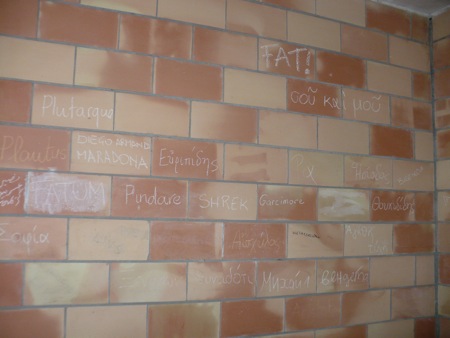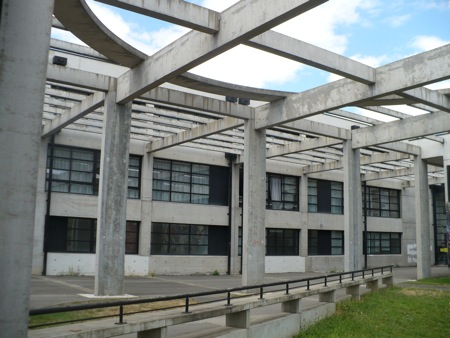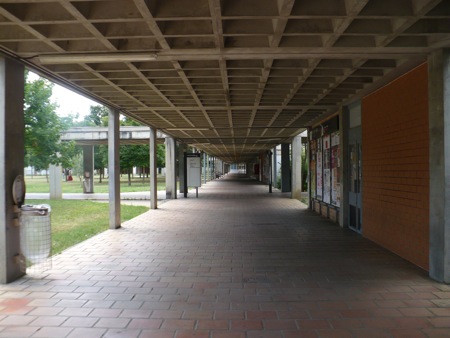I was thinking of reading a famous — in some quarters infamous — book called La pensée 68 (i.e., ’68 Thought), by Alain Renaut and Luc Ferry, a 1988 critique of 60s French intellectuals. So far I’m only a few pages into it, but I thought I would just reproduce the epigraph, which consists of an ethnic joke that Ferry has repeated elsewhere. It goes like this:
A Frenchman, an Englishman and a German were assigned to study the camel.
The Frenchman went to the zoo at the Jardin des Plantes, spent half an hour there, talked to the keeper, threw bread to the camel, teased it with the tip of his umbrella, and, when he got home, wrote a column, for his newspaper, full of keen and spiritual observations.
The Englishman, along with his tea-box and comfortable camping supplies, went and set up his tent in the Oriental countries, and after a stay of two or three years, produced a thick volume overflowing with facts, without order or conclusion, but with real documentary value.
As for the German, full of disdain for the Frenchman’s frivolousness and the Englishman’s absence of general ideas, he closed himself up in his room to write a work of several volumes, entitled: Idea of the camel drawn from the conception of the self.
Un Français, un Anglais, un Allemand furent chargés d’une étude sur le chameau.
Le Français alla au jardin des Plantes, y passa une demi-heure, interrogea le gardien, jeta du pain au chameau, le taquina avec le bout de son parapluie, et, rentré chez lui, écrivit, pour son journal, un feuilleton plein d’aperçus piquants et spirituels.
L’Anglais, emportant son panier à thé et un confortable matériel de campement, alla planter sa tente dans les pays d’Orient, et en rapporta, après un séjour de deux ou trois ans, un gros volume bourré de faits sans ordre ni conclusion, mais d’une réelle valeur documentaire.
Quant à l’Allemand, plein de mépris pour la frivolité du Français et l’absence d’idées générales de l’Anglais, il s’enferma dans sa chambre pour y rédiger un ouvrage en plusieurs volumes, intitulé : Idée du chameau tiré de la conception du moi.
I’m not sure I find it a extremely funny joke, but academic humor is always worth documenting as a cultural artifact, if nothing else.




